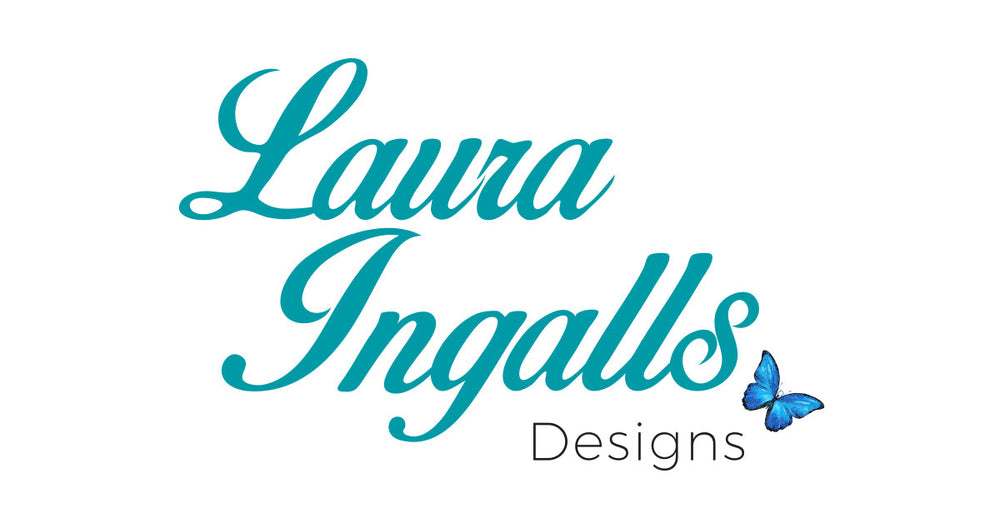MATERIALS
Farm raised in Queensland, Australia
The leather that I use for the Concho cuff bracelets and some of the hatbands is recycled horse tack that comes from bridles, reins, stirrup straps, anything strappy etc. It is then thoroughly cleaned and conditioned. It gives the bracelets a worn in look. Each piece is slightly different based on the tack in inventory. I am always in search of tack. If you know someone who has any old tack hanging out in their barn, let me know as I am interested!
STONES
Apple coral is part of the species of corals known as melithaea sponge, which is commonly found on the ocean floors around the waters of Taiwan, Indonesia and southern China. Apple coral that has been shaped into beads, then sealed and polished, is usually a deep reddish color. When the apple coral is exposed to heat or intense sunlight for long periods, it tends to lighten.
Is found in the state of Queensland, Australia where precious opal forms in veins and patches within brown ironstone boulders. Opal is formed when rain dissolves some of the silica in the earth’s surface and the silica-laden water fills up cavities in ironstone boulders. Boulder Opal is very durable due to the ironstone backing on which the opal forms. No two stones are the same and they range in color from red, brown, black, green, blue, purple, pink and white. I purchase these Boulder Opals directly from the fellow who owns two mines in Queensland, Australia. These are hand-selected based on the shapes and colors that I believe will be an interesting conversation starter.
To learn more visit YouTube: https://www.youtube.com/watch?v=i6nCjK3Rb6s
Chrysocolla-Malachite is one of the most beautiful and colorful semi precious gemstone cabochon materials around! Chrysocolla stone, a copper silicate, blends well with Malachite, a copper carbonate. These colorful blue green gemstone material is found in the oxidation zone of major copper deposits. Most Chrysocolla is from copper deposits in arid regions, though it is not at all limited to these regions and is found worldwide. Outstanding Chrysocolla in reniform blobs and thick crusts comes from Kolwezi, Katanga (Shaba), Congo (Zaïre). The ancient Timna Copper Mines of Eilat, Israel, have produced Chrysocolla combined with other copper minerals in a combination that has been given the trade name Eilat Stone.
Are formed in mussels found in lakes, rivers, ponds, and other bodies of fresh water. Most farmers use mantle tissue to cultivate the pearl; hence freshwater pearls are mostly made up of nacre. Due to this, freshwater pearls are more durable over the course of wear. Use a soft cloth to clean.
Lapis lazuli is a rock, which means it’s an aggregate of several minerals. This ancient gem contains three minerals in varying amounts: lazurite, calcite, and pyrite. Sometimes, it also contains one or more of the following: diopside, amphibole, feldspar, and mica. Worldwide, lapis is mined in several areas. The traditional source of the finest lapis lazuli is the same today as it was thousands of years ago—the mountains of Afghanistan. Other major sources are Chile and Lake Baikal in Siberia, Russia. Minor sources are Angola, Canada, Colorado (US), and Pakistan.
Peruvian blue opal is relatively rare and is only found in the Andes mountains near San Patricio, Peru. It is a very translucent stone with color similar to the Caribbean Sea. Depending on how the stone is cut it can be clear, scenic (showing varying degrees of color) or dendritc which has black fern inclusions. It is the national stone of Peru.
These colorful semi precious gemstones known as Chrysocolla Cuprite. They are commonly called Sonoran Sunset or Sonoran Sunrise. Chrysocolla and Cuprite are joined in a single stone. Chrysocolla is the bright green, even turquoise or sky-blue in some samples, and Cuprite the tomato-red. Not all stones have the third color - black, which is caused by tenorite, a copper oxide. Some people refer to the black as Manganese. The stone is named for Sonora, the state in Northwest Mexico that borders Arizona and New Mexico and which is the source of the stone. The mine from which these stones come has been rumored to be quite small.
I have been fortunate to have spotted these beautiful stones with all three colors and scooped them up from a highly reputable supplier. These are exceptional quality. When they are gone, they are gone.
Swarovski crystal beads are considered the finest crystal beads in the world. They are machine cut and polished to the highest standards of quality and manufactured in Austria. Swarovski offers a wide selection of colors and shapes. I choose to use Swarovski crystals in my designs because of their excellent reputation and for the incredible sparkle in the beads.
Throughout history, turquoise has been regarded as a protective talisman and revered for its healing properties. The wordturquoisewas derived around the 16th century from the French languageturquie,for Central Asian material which was early imported through Turkey. Turquoise is often “stabilized” due to its inherent fragility and sensitivity to solvents. Perfume and other cosmetics will attack the finish and may alter the color of turquoise, as will skin oils, and most commercial jewelry cleaning fluids. Turquoise should be gently cleaned with a soft cloth to avoid a buildup of residue. I use a variety of turquoise that comes from many different mines primarily in the U.S. Kingman, Turquoise Mountain, Arizona Hills, Royston, Bluebird, No.8. I also purchase turquoise from reputable dealers in Australia, Mexico and China.


